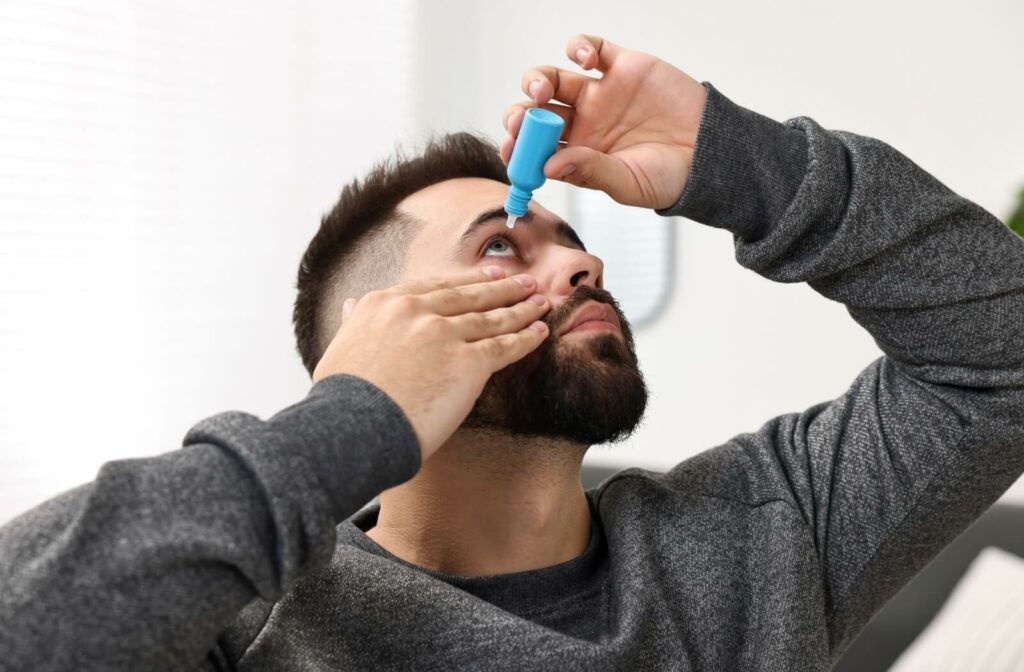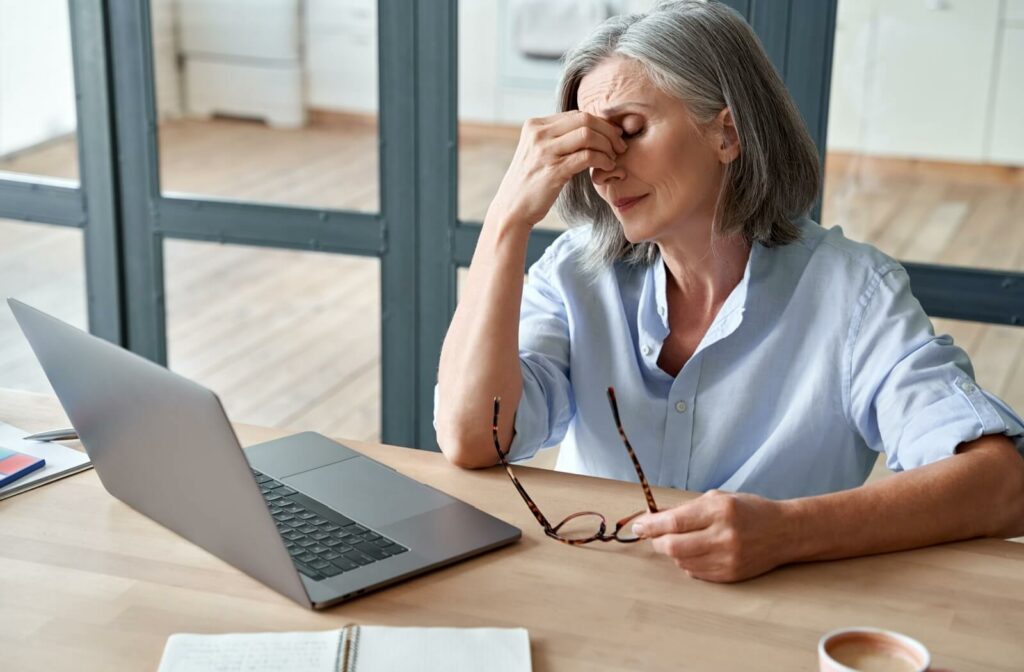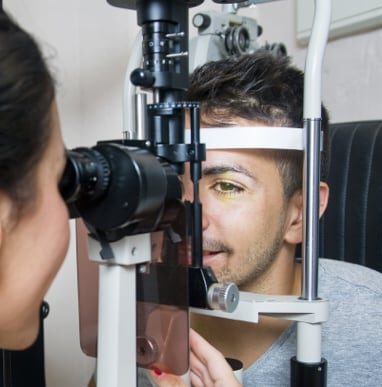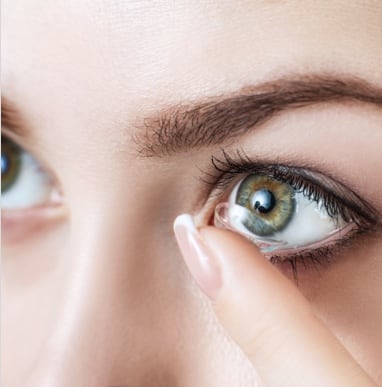Dry eyes can be more than just a minor annoyance. For many, it’s a chronic condition that can make each day more of a struggle. If you’ve been experiencing discomfort, grittiness, or a burning sensation in your eyes, you could be dealing with dry eye disease.
There are 2 types of dry eye:
- Aqueous deficiency dry eye
- Evaporative dry eye
To figure out what type you have, doctors can do several tests during an eye exam, like checking how much tears you produce, how stable your tear film is, and looking at the surface of your eyes. Treatments vary depending on what is found, but they all get you on the path to relief.
What is Dry Eye Disease?
Dry eye disease affects millions of Americans every year. It’s more common in people over 50, though the increase in screen time in recent years has left more people experiencing this form of discomfort.
Common symptoms include:
- Irritation
- Redness
- Burning sensation
- Grittiness
- Sensitivity to light
- Blurred vision
- Difficulty wearing contact lenses
- Eye fatigue
- Watery eyes (it’s true, eyes may produce excess tears as a reflex to dryness)
Understanding dry eye helps you recognize the symptoms early and seek appropriate treatment. It all comes down to the type.
Evaporative Dry Eye
Evaporative dry eye is the most common form of dry eye disease. It typically happens when the oily part of your tears, made by tiny glands in your eyelids called meibomian glands, is impacted in some way. Your tears are more than just water; they actually have 3 layers that make up the tear film, and this oily layer is important because it stops your tears from drying too fast.
While inflammation or even windy and dry weather can cause evaporative dry eye, meibomian gland dysfunction (MGD) is the most common cause. MGD can occur when your glands are blocked, inflamed, or any other reason that prevents them from producing their essential oil. Folks who spend a lot of time looking at screens or with A/C blowing directly in their face are also more likely to experience it.
Aqueous Deficient Dry Eye
Aqueous deficient dry eye can be a bit more straightforward to explain. To put it simply, your tear glands simply don’t make enough tears. This lack of tears can make your eyes feel dry and uncomfortable.
Some factors that may cause your eyes to produce less tears than normal include:
- Aging
- Sjögren’s disease (immune disorder)
- Certain medications, such as antihistamines, decongestants, and antidepressants
- Medical conditions like diabetes, rheumatoid arthritis, and lupus can contribute to dry eye
- Hormonal changes, especially in women undergoing menopause
How Your Optometrist Diagnoses Dry Eye
Accurately diagnosing dry eye disease is the first step towards effective treatment. We start with a comprehensive eye exam where we can perform several tests and use related tools to determine the type of dry eye you have. We can also ask about your medical history since that can guide further testing.
Methods such as the tear film breakup time (TBUT) test measure how long it takes for your tears to evaporate after you blink. Doctors use a special dye called fluorescein to observe your tear film. If your tear film vanishes too fast, you may have evaporative dry eye.
On the other hand, the Schirmer test measures tear production by placing a small strip of paper inside your lower eyelid. After a few minutes, we can measure the strip to determine moisture levels, helping identify aqueous deficient dry eye.
But, with modern problems comes modern solutions, so, we can give your eyes a quick scan with our Oculus Keratograph 5M, allowing a direct view of your tear film’s health. All these tests come together so we can create your personalized treatment plan.

Treatments for Dry Eye
Once diagnosed, we can get started on the good part: finding the right treatment to relieve your symptoms. Mild dry eye may simply require a few lifestyle changes, while serious discomfort demands comprehensive attention. Treatments can include:
- Artificial tears: Available over-the-counter and in various formulations, artificial tears can provide quick relief by supplementing natural tear production.
- Medicated eye drops: Prescription medications can help reduce inflammation and increase tear production.
- Punctal plugs: These tiny devices are inserted into the tear ducts to prevent tears from draining away too quickly, maintaining moisture on the eye surface.
- Heat therapy: Applying heat to the eyelids can help unblock oil glands and improve tear quality.
- Eyelid debridement: This procedure involves cleaning the eyelid margins to remove debris and improve gland function.
- Intense pulsed light (IPL) therapy: IPL can be used to treat inflammation and improve the function of meibomian glands in the eyelids.
For simple lifestyle changes, we may recommend taking regular breaks from screen time, using a humidifier to add moisture to the air, and staying hydrated throughout the day.
Knowledge is Relief When It Comes to Dry Eye
Dry eye disease is more common than you may expect and can significantly impact daily life. Fortunately, now that you understand the different types of dry eye, how they are diagnosed, and the various treatment options our friendly team at Vision Care Center, relief is within reach. Our team of eye care professionals is here to help you effectively manage your symptoms and carry on with your day. Don’t wait—take the first step toward clearer, more comfortable vision. If you are experiencing dry eye symptoms, book an eye exam with us.












